The pace of innovation in farm equipment in general has been steady over the last number of years. According to Nathan Gregg, project manager, applied agriculture services at the Prairie Agricultural Machinery Institute, there are no earth shattering innovations coming down the pike that growers need to jump on. “What we are seeing is a steady, incremental move to greater accessibility of data and information, and greater integration of data feeding into the decision matrix.”
“Auto feed rate or cruise control in the combine, if you like, is something that is becoming more widespread,” says Gregg. “By taking feedback from loss sensors or power demand sensors at the rotor, the combine is able to automatically adjust speed to the conditions of the crop on the fly.”
There are many advantages to a system like this. Perhaps right off the top, there is less onus on the combine operator to make these decisions and match speed to crop conditions. Being able to have less skilled operators in a tight labour market is a great advantage. Even if that is not a selling feature, it definitely reduces operator fatigue. “Having greater consistency in the way the machine is operated regardless of the skill of the operator is very appealing, especially when you take into account both the upfront value of the machine and the cost of repairs,” says Gregg. “And at harvest, the downtime for repairs is often something a farmer can ill afford.”
There are productivity gains as the combine can and will make adjustments more quickly than even the most skilled operator could. By speeding up when conditions permit, harvest can be optimized, and slowing down when the crop is heavy or the rotor is under load will increase bushels that end up in the bin. The sensors can more accurately sense what is actually happening in the canopy, and overall performance of man and machine is increased.
“All the equipment manufacturers are now offering some sort of auto feed rate control system,” says Gregg. “Exactly what sensor inputs they are using and the logic algorithms to determine reaction may differ, but they all operate on essentially the same theory.”
Other notable improvements in harvesting equipment over recent years include incremental improvements in residue spreading systems. “While there’s nothing revolutionary to report, improvements in spread and distance are worth keeping tabs on,” says Gregg. “Some manufacturers now offer fins that are adjustable from the cab, designed to counter changes in wind direction as the combine turns in the field.”
There are continual improvements to material handling and feeding systems – geometry changes to the rotor feeding area, variable stage rotor cages and adjustable (from the cab) rotor vanes to moderate material flow through the threshing/separating systems.
“Key for growers is to keep abreast of the improvements integrating technology to make decisions and adjustments on the fly in the field,” explains Gregg. “Telematics (communication between machines or other devices) is a natural progression from GPS auto-steering that is coming that will assist machines work better together. For example, GPS on the grain cart will benchmark or link to the GPS position of the combine rather than benchmark solely to a satellite. In so doing, it can better match its speed and relative position to the combine auger as it unloads.” Additionally, information can be communicated off-site to remotely diagnose mechanical or electrical issues and provide owners or managers with machine performance, settings, or operator information.
By “layering” the data in this way, collecting more data, and integrating systems, we are moving forward into complex decision matrices.
Growers are well advised to do what they can to ensure they have the right skills and the right team working through these incremental innovations over time. Taking a hiatus from keeping up the technology could make it difficult to adapt when that is required.

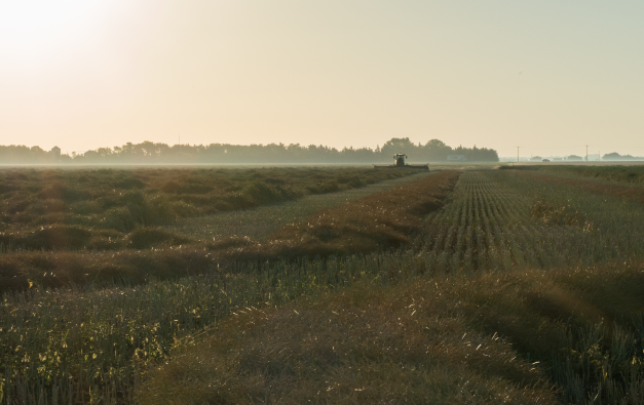
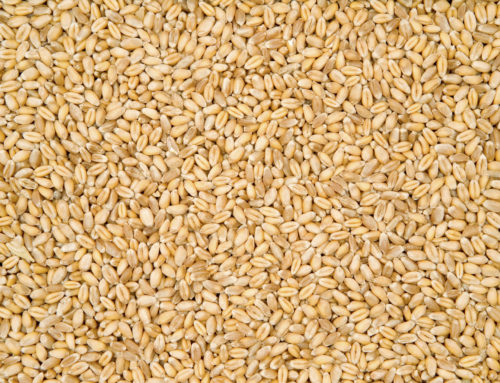
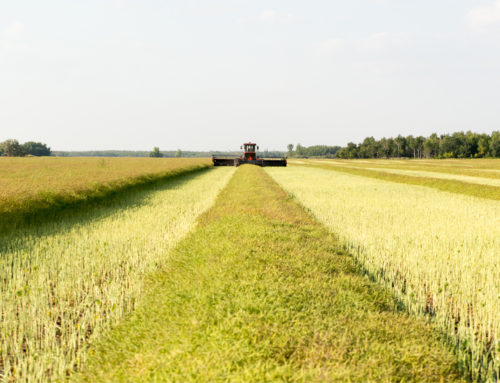
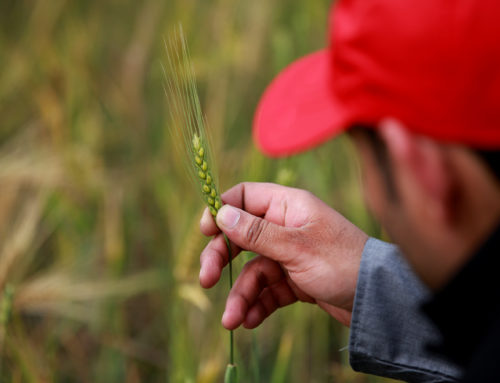
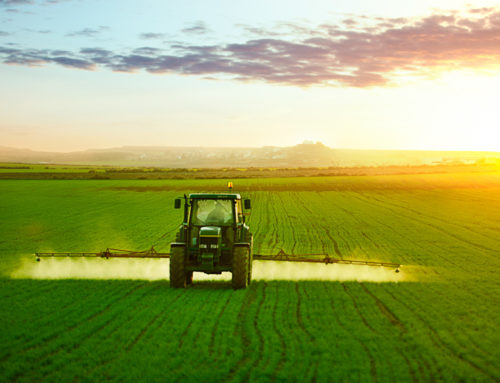

Leave A Comment